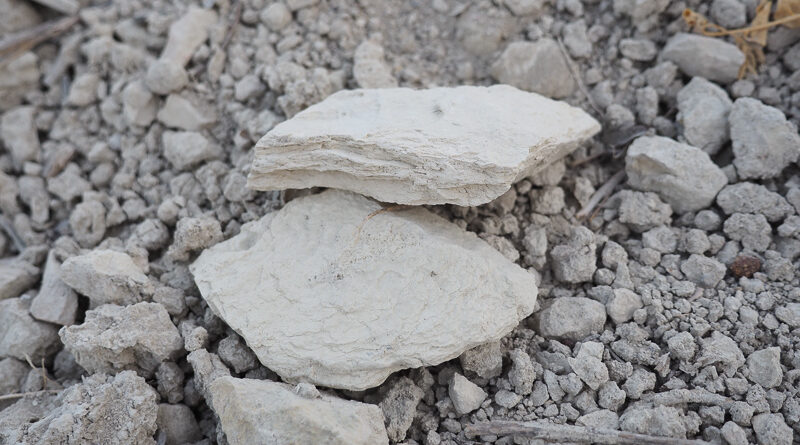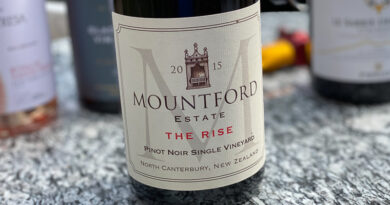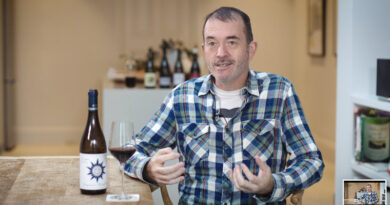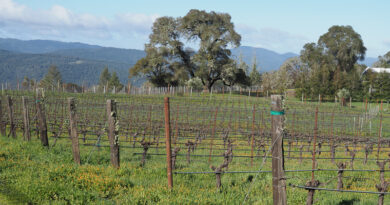Video: visiting Willy Perez, who is on a mission to capture the great Sherry wines of the past
Jamie Goode visits Willy Perez of Bodega Luis Perez, who’s looking to capture the great Sherry wines of the past. In the 19th century, Sherry wines were classified by soil type, which was considered more important than ageing. Terroir was as important in Sherry as it is in Champagne and Bordeaux, and the soils were classified into nine different types, three each of albariza, clay and sand.
Until the 1960s the high-class biologically aged Sherries weren’t fortified, but instead underwent a forgotten process called asoleo, where they were briefly sunned to increase the alcohol before pressing. The wines were also made in the vineyard, foot-trodden in wooden lagares in a simple winery on each pago. It was only in the 1970s with the introduction of new high-yielding clones of Palomino, and the industrialization of Sherry production, that this connection with the vineyard was lost.
Here, Willy tells us all about the terroir and winemaking approaches he has chosen, after studying the old ways.




